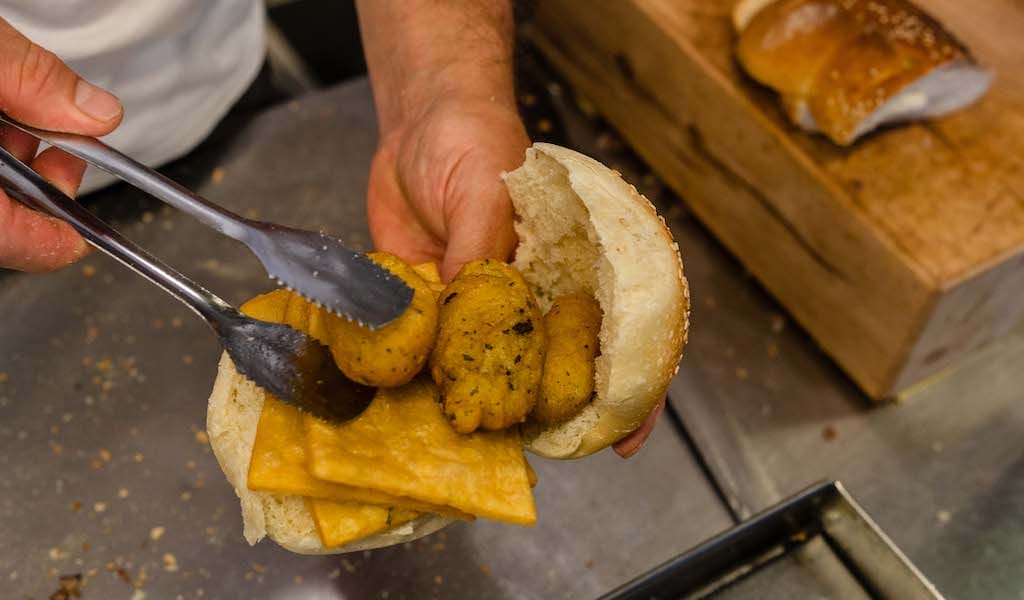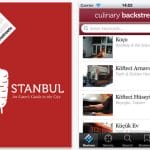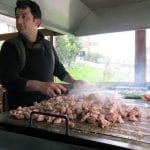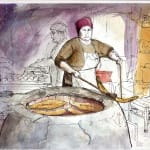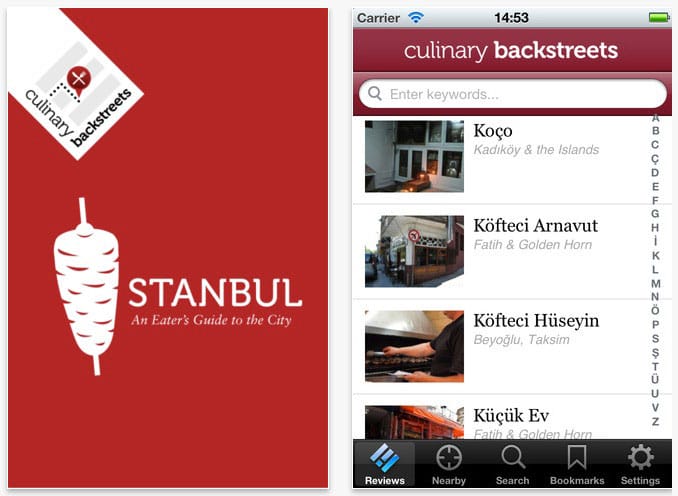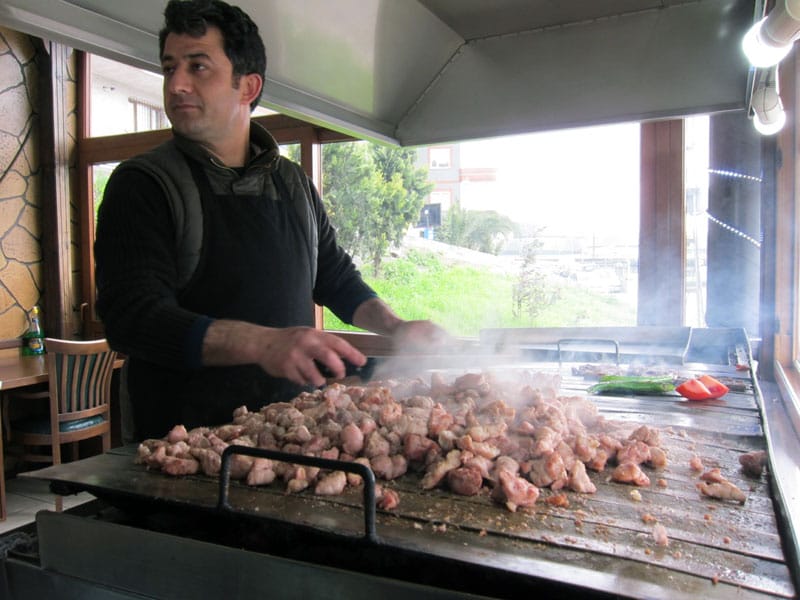Editor’s note: In the latest installment of our recurring First Stop feature, we asked food writer Katie Parla about her favorite bites and food memories in Palermo. Katie is a Rome-based food and beverage writer, culinary guide, and bestselling cookbook author whose family emigrated to the United States from Palermo.
Katie’s work explores the food, culture, and history that shape Italy and its cuisine. Her new book, Food of the Italian Islands, is a deep dive into the food of Sicily, Sardinia, and beyond.
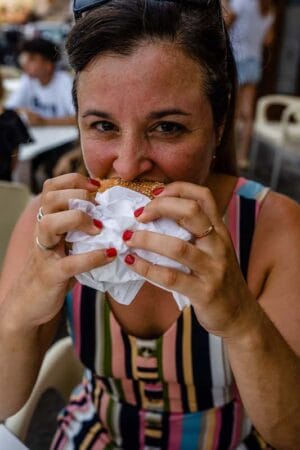
I first visited Palermo as a university student more than 20 years ago. I was in Italy on a travel fellowship for thesis research so I decided to roll a study trip and an ancestral quest into one. I arrived in town in the peak of summer after a very long and very hot overnight train ride from Rome. When I hit the pavement in the thick Palermo heat, I headed straight for La Cala, the port neighborhood in which my great grandfather Niccolò was born, his mother died, his father remarried, and the new family packed all their belongings for a one-way trip to New York in 1906. Standing at the water’s edge, I wondered what Niccolò would think about me being there alone. Had he eaten panelle (chickpea fritters) from a street vendor’s stall on this very spot?
Food was on my mind that morning in a major way. As an inexperienced traveler, I had neglected to pack any food for my train journey and if there was a bar car, I never found it. I hightailed it to the first storefront I saw, one with white plastic tables and chairs overlooking the small port. A crowd of middle-aged men, all vaguely resembling great-uncles, were eating sandwiches on the pavement. Inside at the blue and white tiled counter, slices of meusa, spleen in Palermo’s dialect, swam in lard in large metal drums. Meanwhile, steaming rectangles of panelle were dumped from the fryer basket onto a stainless steel tray, then sprinkled with a heavy dose of salt from a greasy metal container.
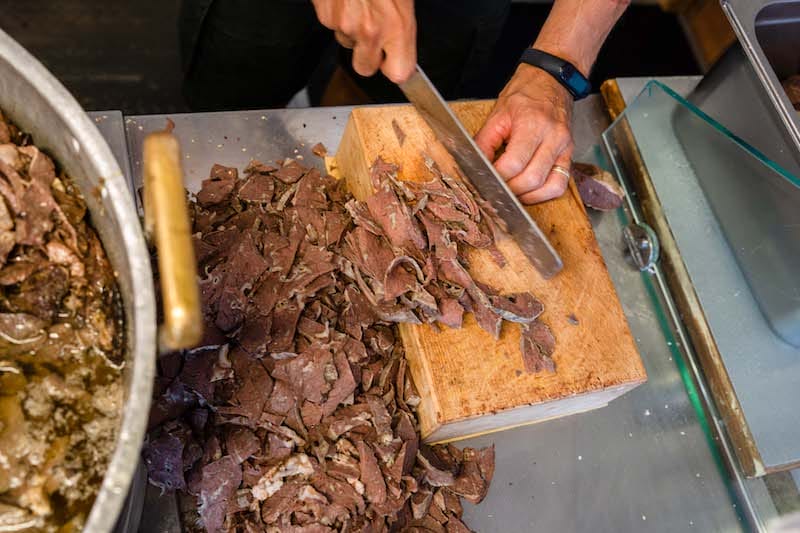
I ordered the panelle with potato croquettes – I was still an Italy rookie but I had figured out that if there was an option for double or triple carbs, I should go for it – and they were piled into a seeded sesame bun, wrapped in white paper, then shoved in my direction. I handed over some lira bills and ate my panelle e crocche’ sandwich overlooking the water where I imagined Niccolò had once played, sailboats now bobbing where small fishing vessels would have been moored a century earlier.
Niccolò never did return to the Cala, but every time I visit Palermo, I do. My first stop is always to that hole-in-the-wall, which I now know is called Pani Cà Meusa Porta Carbone. My order has changed since. I let the name of the establishment guide me – pani cà meusa means “spleen sandwich.” The decor has also changed, after a July 2023 renovation. There is a TV screen that broadcasts the menu. New bright lighting reflects off the glistening strips of lard-drenched meusa. The chipped, blue tiled counter has a sleek new look. But the food is just how it has been since opening in 1943 and the pigeons that graze and weave amongst the tables are just as plump.
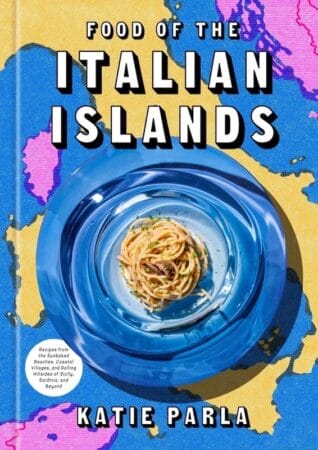
Katie’s new book, Food of the Italian Islands, is available via Amazon and Katie’s website.
Published on October 11, 2023
Related stories
January 8, 2013
IstanbulWe are proud to announce that Saveur has included the Culinary Backstreets: Istanbul iPhone app in its “Saveur 100: Travel Edition” list, published in the magazine’s January/February 2013 issue. Saveur praised the app’s “smart search functions, integrated maps and vivid photos,” calling it “the ideal portable portal to one of our all-time favorite food cities.”…
April 30, 2013
IstanbulThough it may seem bewildering or even exotic to outsiders, Istanbul’s commercial life is actually organized according to a very old, guildlike system that assigns different neighborhoods to the sale and sometimes manufacture of different types of products. If you bottom out in a pothole and need a rot balans, you head up to the…
May 18, 2021
Tbilisi“You’ve made me look angry,” laughs Marekhi Khatiashvili when we show our drawing of her making traditional Georgian bread in one of the tone bakeries in Tbilisi’s old city. “You’re concentrating,” I reply. “I was trying to show how hard you work.” It is incredibly hard work. Marekhi’s day begins at 4:30 a.m., when she and…







































